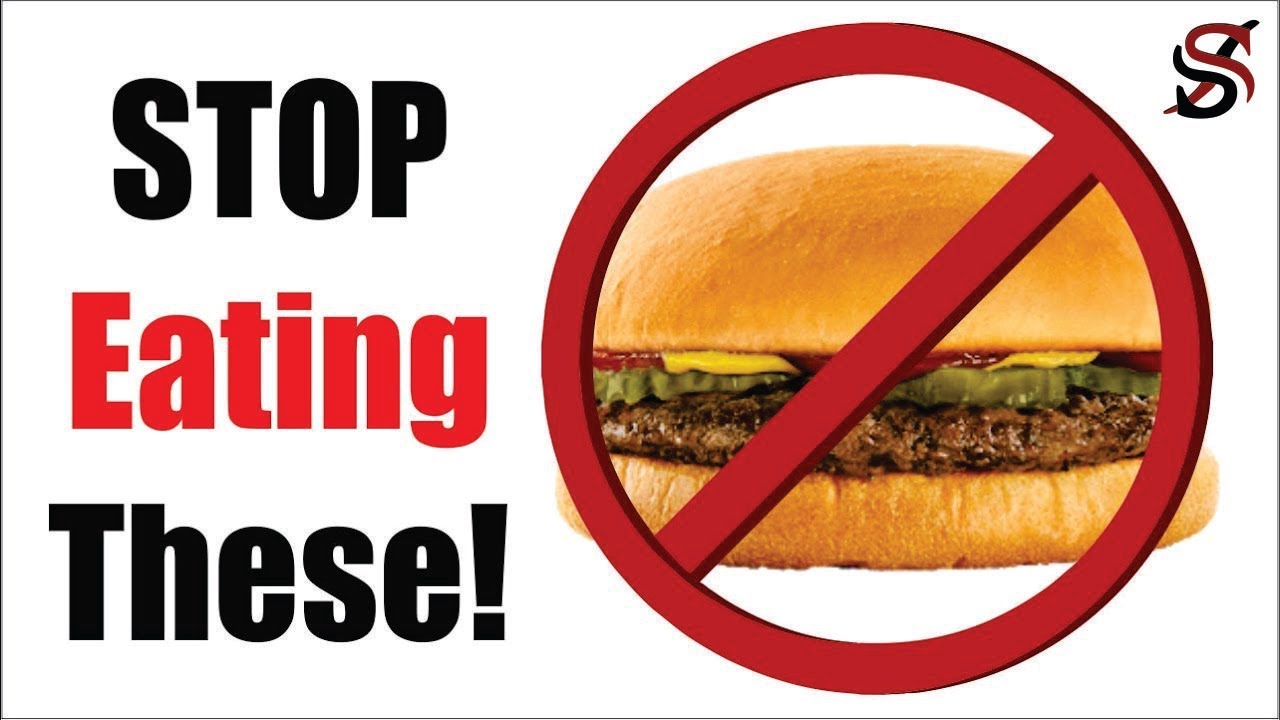
Although foodborne illnesses are almost always preventable there are ways to reduce the risk. It is possible to reduce the risk by practicing good hygiene. For example, wash your hands before you touch any food. This will help to prevent pathogens contaminating other foods. Use soap and water to wash your hands for 20 secs. You should always check that the food you eat at restaurants is fully cooked. You can toss it away if you are unsure if a dish is safe.
Not only should you practice hygiene, but you also need to be aware of what food you are eating. Consuming raw meat, poultry, eggs, shellfish, and seafood can result in food poisoning. Avoid eating raw meat, poultry, eggs, shellfish and seafood to avoid food poisoning. Also, wash your fruits and veggies before you use them. You may be able to receive a virtual doctor appointment free of charge within 15 minutes of eating.
Make sure you wash your hands after eating. Also, pay attention to the temperature. The presence of harmful bacteria and toxins in raw meats, poultry, and fish can make them more difficult to digest. To kill harmful pathogens, ensure that all dishes are thoroughly cooked. When in doubt, ask for a new plate. If you're eating at a restaurant, make sure to wash your hands thoroughly before preparing the food. You should refrigerate perishable products as soon as possible. If you're not sure what symptoms to expect, visit your emergency room or urgent care center.

It is important to wash your hands and not touch food. Many bacteria and viruses can be introduced to food through the manufacturing process. These bacteria can be found in the farms and kitchens that produce the food. Handling food can also spread germs. Even the best food can become contaminated. This is why it is so important to be aware of these issues and follow proper hygiene practices. This will help to prevent food poisoning.
The symptoms of food poisoning vary from mild to severe. These symptoms can occur immediately after eating contaminated foods or may take up to a few hours. Handling raw meat is a must. It's best to avoid placing raw meat on the counter or in sinks. This will increase your risk of getting the bacteria and food poisoning. But, even if the food has been eaten, there is still a high chance of it being transmitted to you.
Washing your hands well is the best way to prevent food poisoning. It is important to wash your hands properly and avoid eating raw meats and dairy products. You should also avoid touching food that has been cooked for a prolonged period of time. Preparing meat can lead to bacteria growth so make sure you wash your hands before touching it.
Refrigerated and frozen food should never be served. Unwashed fruits and vegetables should never be eaten. Washing fruits and veggies properly is important when you are cooking. These foods could contain bacteria. Before you cook them, wash them. A paper towel or a cloth is the best way to prepare them. A kitchen mat can be used to store your food.

You are at risk of food poisoning if you eat out. You should choose a reliable restaurant to order a quality steak. Do not prepare your own food if cooking at home. It is impossible to guarantee that food you prepare at home will be safe. In addition, you'll want to check for signs of bacterial contamination and make sure it's cooked properly.
The symptoms of food poisoning include diarrhea, abdominal cramps, and vomiting. These symptoms may appear several hours after eating, but they usually pass on their own. If you have had recent travel, be sure to pack your food in a cooler and an insulated bag. If you are traveling by car, ensure that your vehicle is air-conditioned. Water is a good option if you are on a tight budget. It will keep your body hydrated and help prevent salmonella.
FAQ
How can I get enough vitamins
You can obtain most of your daily requirement through diet alone. Supplements are available if you are deficient. You can take a multivitamin supplement that contains all the vitamins you need. You can also buy individual vitamins at your local pharmacy.
Talk to your doctor if there are any concerns about getting enough nutrients. Dark green leafy vegetables like spinach, broccoli and kale, as well as turnip greens and mustard greens such as turnip and mustard greens and bok choy, are rich in vitamins K & E.
Ask your doctor if there is any doubt about how much vitamin you should be taking. Based on your medical history and your current health, your doctor can recommend the correct dosage.
Do I need calories to count?
It is possible to wonder "What diet is best for me?" or "is counting calories necessary?" This depends on your health and lifestyle.
The Best Diet - Which One Is Right To You?
My personal health, goals and preferences as well as my lifestyle determine which diet is best for me. There are many options, both good and bad. Some diets work for some people, while others are not. What should I do? What can I do to make the right decision?
These are the questions that this article attempts to answer. It starts with a brief introduction of the different types of diets available today. The pros and cons of each diet are then discussed. We'll then discuss how to choose which one is best for you.
To begin, let's take a quick look at the different types of diets.
Diet Types
There are three main types, low fat, high protein, or ketogenic diets. Let's talk about them briefly.
Low Fat Diets
A low fat diet means a diet that reduces the intake of fats. This is done through reducing the intake of saturated fats (butter, cream cheese, etc.) You can replace them with unsaturated oils (olive oil and avocados) People who are looking to lose weight quickly and easily will benefit from a low-fat diet. This diet can cause constipation, heartburn, and stomach problems. It can also lead to vitamin deficiencies, if someone doesn't get enough vitamins in their food.
High Protein Diets
High protein diets reduce carbohydrates to favor of proteins. These diets are more protein-rich than others. These diets are intended to increase muscle mass and reduce calories. One problem is that they might not be sufficient to provide regular nutrition. They are not suitable for all people because they can be restrictive.
Ketogenic Diets
Ketogenic diets are also known as keto diets. They are high fat and moderately carbohydrate and protein-rich. Athletes and bodybuilders use them because they allow them more time and harder training without feeling fatigued. They do require strict compliance to avoid any side effects like fatigue, headaches, nausea, and headaches.
What's the difference between a virus & a bacterium?
A virus is an organism microscopic that can't reproduce outside its host cells. A bacterium, a single-celled organism, reproduces by splitting into two. Viruses can be as small as 20 nanometers, while bacteria can grow up to 1 micron.
Viruses are often spread through contact of infected bodily fluids like saliva, urine or semen. Bacteria can be spread by direct contact with infected objects and surfaces.
Viruses can enter our bodies through cuts, scrapes, bites, or other breaks in the skin. They can also penetrate the skin through the eyes, nose or mouth.
Bacteria can get into our bodies through cuts, scrapes and burns, insect bites, or other skin breaks. They can also get into our bodies via food, water or soil.
Both viruses and bacteria can cause illness. However, viruses cannot reproduce within their hosts. They only cause disease when they infect living tissue.
Bacteria can spread within the host and cause illness. They can even invade other parts of the body. We need antibiotics to get rid of them.
How can you tell what is good?
You need to listen to your body. Your body knows best when it comes to how much exercise, food, and rest you need. To avoid overdoing it, it's important that you pay attention to what your body is telling you. Take care of your body and make sure that you're staying healthy.
How does an antibiotic work?
Antibiotics are medications that kill harmful bacteria. Antibiotics can be used to treat bacterial infection. There are many options for antibiotics. Some are given orally, while some are injected. Other antibiotics are applied topically.
Many people who have been exposed can be prescribed antibiotics. If someone has chicken pox, they might need to take an oral antibiotic in order to prevent shingles. An injection of penicillin may be necessary to prevent pneumonia if someone has strep.
When antibiotics are given to children, they should be given by a doctor. Side effects of antibiotics can be more dangerous for children than for adults.
Diarrhea, the most common side-effect of antibiotics, is probably diarrhea. Other side effects possible include dizziness, nausea, vomiting, stomach cramps, dizziness and allergic reactions. These symptoms usually go away after treatment ends.
Statistics
- This article received 11 testimonials and 86% of readers who voted found it helpful, earning it our reader-approved status. (wikihow.com)
- According to the Physical Activity Guidelines for Americans, we should strive for at least 150 minutes of moderate intensity activity each week (54Trusted Source Smoking, harmful use of drugs, and alcohol abuse can all seriously negatively affect your health. (healthline.com)
- WHO recommends reducing saturated fats to less than 10% of total energy intake; reducing trans-fats to less than 1% of total energy intake; and replacing both saturated fats and trans-fats to unsaturated fats. (who.int)
- Extra virgin olive oil may benefit heart health, as people who consume it have a lower risk for dying from heart attacks and strokes according to some evidence (57Trusted Source (healthline.com)
External Links
How To
How to keep your body healthy
This project had the main purpose of providing suggestions for how to maintain your health. Understanding what you need to do to keep your health in good shape is the first step to maintaining your health. To do this, we needed to discover what is best for our bodies. After looking at the various methods people use to improve their overall health, we realized that there were many that could help. Finally, we came to some suggestions that would allow us to stay happier and healthier.
We started off by looking at the different types of food that we eat. We learned that certain foods can be harmful to our health while others are beneficial. We know sugar is bad for you because it causes weight gain. However, vegetables and fruits are good for us as they have vitamins and minerals that our bodies need.
Next, we discussed exercise. Exercise is good for our bodies and gives us energy. Exercise also makes us happier. There are many activities that you can do. Some examples include walking, running, swimming, dancing, playing sports, and lifting weights. Yoga is another way we can increase our strength. Yoga is great for flexibility and improving breathing. If we want to lose weight, we should avoid eating too much junk food and drink plenty of water.
Let's talk about sleep. We need to sleep every night. When we don't get enough sleep, we tend to become tired and stressed. This can lead us to many problems such as anxiety, back pains, depression, heart disease or diabetes, and even obesity. To stay healthy, it is important to get enough rest.